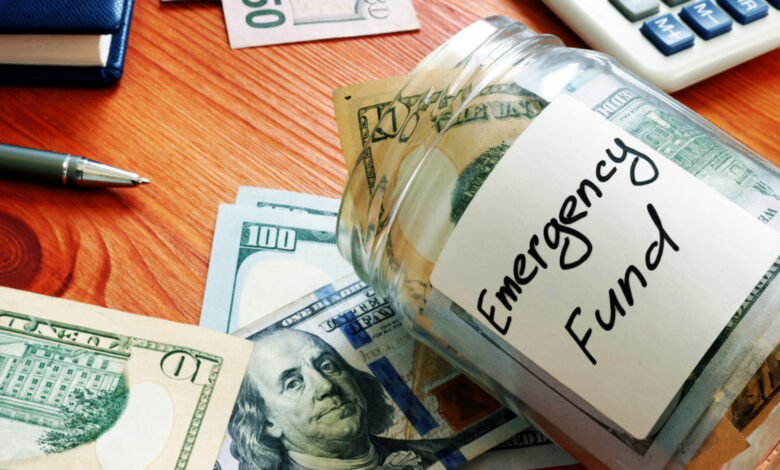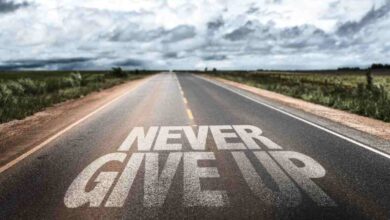How to Set Up an Emergency Fund for Your Freelance Business

Set Up an Emergency Fund: Freelancing is an exciting path, offering flexibility, independence, and the ability to pursue projects you’re passionate about. But with the freedom of freelancing comes financial uncertainty. Without a steady paycheck, freelancers are often vulnerable to income fluctuations, slow periods, or unexpected expenses. That’s why setting up an emergency fund is crucial for anyone running a freelance business. In this article, we’ll walk you through the steps to establish an emergency fund that ensures your financial stability, even during tough times.
What is an Emergency Fund?
An emergency fund is a dedicated stash of money set aside for unexpected expenses or financial downturns. It acts as a safety net to cover anything from unforeseen medical bills, car repairs, or even gaps in income due to a lack of work. Unlike employees with predictable paychecks, freelancers can’t rely on a fixed income, which makes the need for an emergency fund even more pressing.
Why Freelancers Need an Set Up an Emergency Fund

Freelancers face unique financial challenges. One month you might be swimming in client work, and the next, your inbox is dry. Without a backup plan, these income fluctuations can create stress. An emergency fund helps to smooth over the rough patches and gives you peace of mind, knowing that you can handle unexpected costs without going into debt or stressing about your rent.
Some key reasons freelancers need an Set Up an Emergency Fund include:
- Unpredictable income streams: Projects may be delayed, or clients could vanish without paying.
- Handling unexpected expenses: From equipment repairs to sudden tax bills, these costs can blindside freelancers.
- Safeguarding against slow periods: Freelancers often deal with dry spells between projects, especially during holidays or economic downturns.
How Much Should You Save in Your Set Up an Emergency Fund?
A good rule of thumb is to save at least 3 to 6 months’ worth of expenses in your emergency fund. However, since freelance income can be more erratic than salaried workers, you might want to aim for a larger cushion—possibly 6 to 12 months’ worth. The exact amount will depend on your personal lifestyle, monthly expenses, and the reliability of your freelance work.
Assessing Your Monthly Expenses
To figure out how much you need to save, start by calculating your average monthly expenses. Separate your personal and business expenses so you have a clear understanding of both. Include essentials such as rent, utilities, groceries, insurance, taxes, and business costs like software subscriptions or equipment maintenance. It’s important to be realistic about your needs to create an accurate savings goal.
Setting a Realistic Savings Goal
Saving several months’ worth of expenses can feel overwhelming. The trick is to break it down into smaller, more manageable goals. Instead of focusing on the total, aim to save a specific amount each month. Consistency is key here. Even small, regular contributions will add up over time, eventually reaching your target.
Choosing the Right Financial Accounts for Your Emergency Fund
Once you know how much you need to save, it’s important to store your Set Up an Emergency Fund in the right type of account. The key here is liquidity—you want to access your money easily in case of an emergency. Some options include:
- High-yield savings accounts: These offer easy access to your money and typically pay more interest than regular savings accounts.
- Money market accounts: Another liquid option, money market accounts often come with higher interest rates but may have withdrawal limits.
Avoid locking your emergency fund in accounts that are difficult to access, such as CDs (Certificates of Deposit) or stocks, as these may not be easily liquidated when you need cash fast.
Automating Your Savings for Consistency
One of the easiest ways to build your emergency fund is to automate your savings. Set up automatic transfers from your checking account to your savings account at regular intervals, such as monthly or weekly. This eliminates the temptation to skip contributions and ensures you’re consistently working toward your goal. There are also several apps and financial tools that can help you track your progress and stay on course.
Building Your Set Up an Emergency Fund While Managing Debt
Balancing savings with paying off debt can be tricky, especially for freelancers who are often juggling multiple financial priorities. While it’s important to pay off high-interest debt as quickly as possible, it’s also critical to build an emergency fund. A good strategy is to strike a balance—allocate a portion of your monthly income toward both debt repayment and your emergency fund. This way, you’re making progress on both fronts.
Diversifying Your Income as a Freelancer
One way to ensure you’re consistently contributing to your emergency fund is by diversifying your freelance income. Having multiple income streams can help buffer against slow periods. Consider taking on a side hustle, offering digital products, or creating passive income through courses or affiliate marketing. The more sources of income you have, the easier it becomes to grow your emergency fund.
Cutting Back on Expenses to Boost Savings
If you’re struggling to find extra money to save, take a hard look at your expenses. Are there non-essential costs you can cut back on? Small lifestyle changes—like making coffee at home instead of grabbing a daily latte—can quickly add up. By trimming unnecessary spending, you can free up more money to contribute to your Set Up an Emergency Fund without feeling deprived.
What to Do When You Need to Use Your Emergency Fund
An emergency fund is there for just that—emergencies. But it’s important to be mindful about when you dip into it. Genuine emergencies include situations like sudden medical bills, essential car repairs, or covering living expenses during a client drought. Once you use part of your emergency fund, make it a priority to replenish it as soon as possible. This way, you’re always prepared for the next unexpected event.
Maintaining Discipline and Avoiding Temptation
It can be tempting to treat your emergency fund like a backup savings account, but it’s crucial to maintain discipline. Keep your emergency fund separate from other savings and avoid the urge to tap into it for non-emergencies. By maintaining this boundary, you’ll ensure that the fund is available when you truly need it.
Reviewing and Adjusting Your Set Up an Emergency Fund Periodically
As your freelance business evolves, so will your expenses. It’s a good idea to review your emergency fund periodically and adjust your savings goals accordingly. If your monthly costs increase due to new business expenses or lifestyle changes, you’ll want to increase your emergency fund target to reflect this.
Conclusion
Set Up an Emergency Fund for your freelance business is one of the smartest financial decisions you can make. It acts as a cushion during times of uncertainty, giving you the peace of mind to focus on growing your business. By assessing your expenses, setting realistic goals, and saving consistently, you’ll be well on your way to building a fund that can protect you in tough times. Start today, and your future self will thank you!
FAQs
- How long will it take to build an emergency fund for a freelance business?
- It depends on your income and savings rate. On average, it may take 6 months to a year to build a fully-funded emergency account.
- Can I start saving for an emergency fund if I’m in debt?
- Yes, it’s possible. Prioritize both by splitting your contributions between debt repayment and savings.
- Should I keep my freelance business and personal emergency funds separate?
- Ideally, yes. Having separate funds helps to clearly define what each fund is for and avoids confusion.
- What happens if my emergency fund runs out?
- Rebuild as quickly as possible. If it runs out, rely on secondary income or consider cutting expenses temporarily.
- Is it better to invest or save for an Set Up an Emergency Fund?
- For emergency funds, saving in a liquid, easily accessible account is better than investing, as investments may be harder to access quickly.




